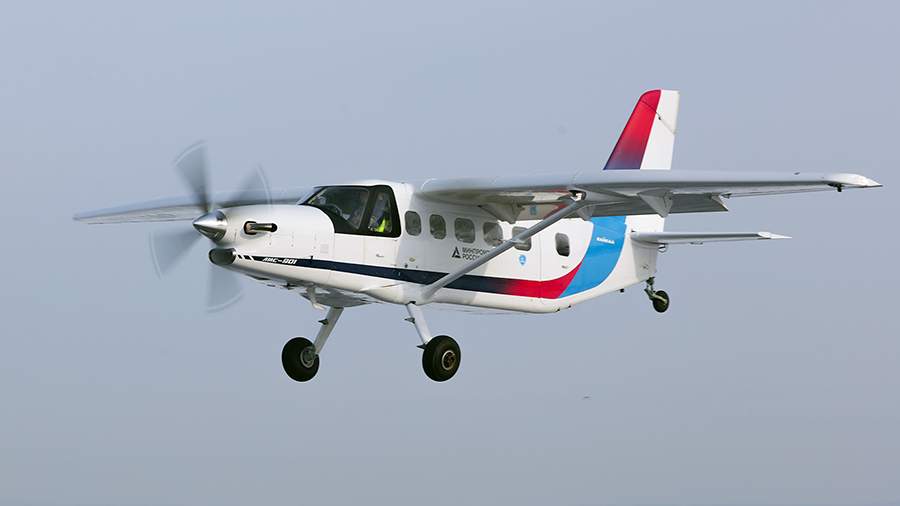The LMS-901 Baikal light multi-purpose aircraft, whose airframe was assembled at the Moscow Aviation Institute (MAI), can be called an improved successor to the An-2 aircraft, MAI told Izvestia.
According to the deputy chief designer of OSKBES MAI Mikhail Dryagilev, the aircraft was created from scratch. Part of the design work was carried out at the MAI, design and technological documentation was developed, aerodynamic calculations and tests were carried out, and equipment, composite parts of the aircraft, fuselage parts were made and the airframe with the control system was assembled. Then hoods, doors, hatches were made, glazing was made.
“This is a completely new car, it is not copied from anything. According to the results of flight tests, it should confirm the possibility of operation from the same flight sites as the An-2. At the same time, “Baikal” will have one and a half times greater cruising speed than the An-2, and twice the carrying capacity. Therefore, we can count on the fact that the new aircraft will become a worthy successor to the famous An-2, ”Dryagilev emphasized.
Baikal will be able to lift 2 tons of payload, develop a cruising speed of 300 km/h and cover distances of up to 1.5 thousand km, taking off from unpaved strips 250 m long. Dryagilev also noted that LMS-901 will become the most important tool for maintaining and developing regional small aviation.
“In those regions of our country where there is no developed or no road communication, Baikal can be used instead of helicopters, which have a significantly higher cost per flight hour,” added the deputy chief designer.
The launch of serial production of the aircraft is expected in 2024. Until that moment, Baikal will have to undergo flight, static tests, as well as tests for a resource and refinement based on their results.
On January 30, Russian Minister of Industry and Trade Denis Manturov announced that Baikal had made its first flight. The plane took off from the Ekaterinburg airfield in the city of Aramil, Sverdlovsk region. The flight took place at an altitude of 500 m and lasted about 25 minutes. As part of the flight mission, test pilot 1st class Valentin Lavrentiev performed maneuvers to test the stability and controllability of the aircraft in the air. According to the pilot, during the flight mission, the aircraft systems worked in the normal mode.
At the beginning of last year, Denis Manturov reported that the Baikal would make its first flight before the end of 2021, its certification is planned to be completed at the end of 2022 – the beginning of 2023, and the start of commercial deliveries – from 2023. Later, the first flight of the aircraft was postponed to the beginning of 2022.
Until 2030, the state plans to order at least 300 Baikal aircraft, UZGA CEO Vadim Badekha told RBC at the end of July. According to UZGA Sales and Marketing Director Oleg Bogomolov, the price of Baikal in the nine-seater basic version (without autopilot, with the ability to fly only according to the rules of visual flights) is 120 million rubles. Thus, the total cost of a batch of 300 aircraft will be 36 billion rubles.
Source: IZ
Jane Stock is a technology author, who has written for 24 Hours World. She writes about the latest in technology news and trends, and is always on the lookout for new and innovative ways to improve his audience’s experience.




